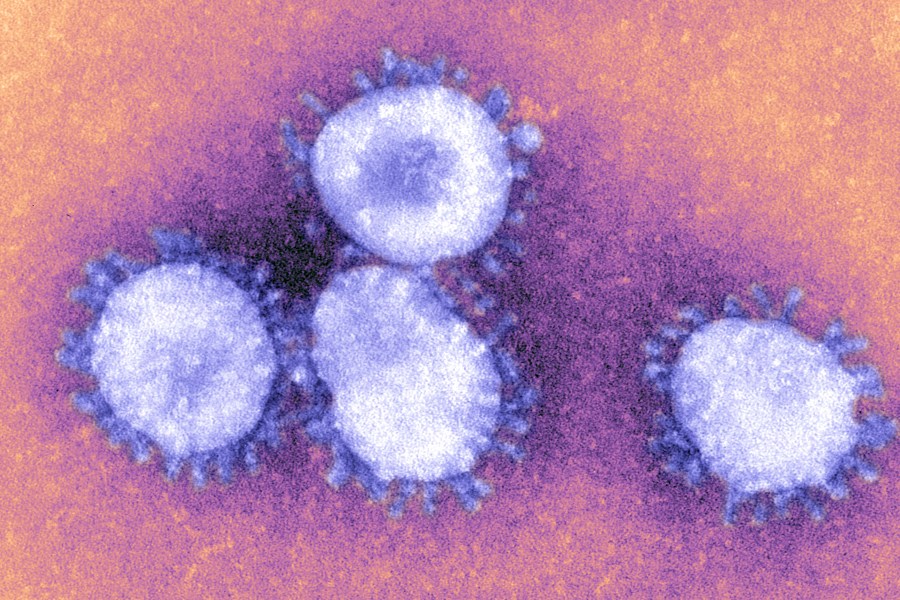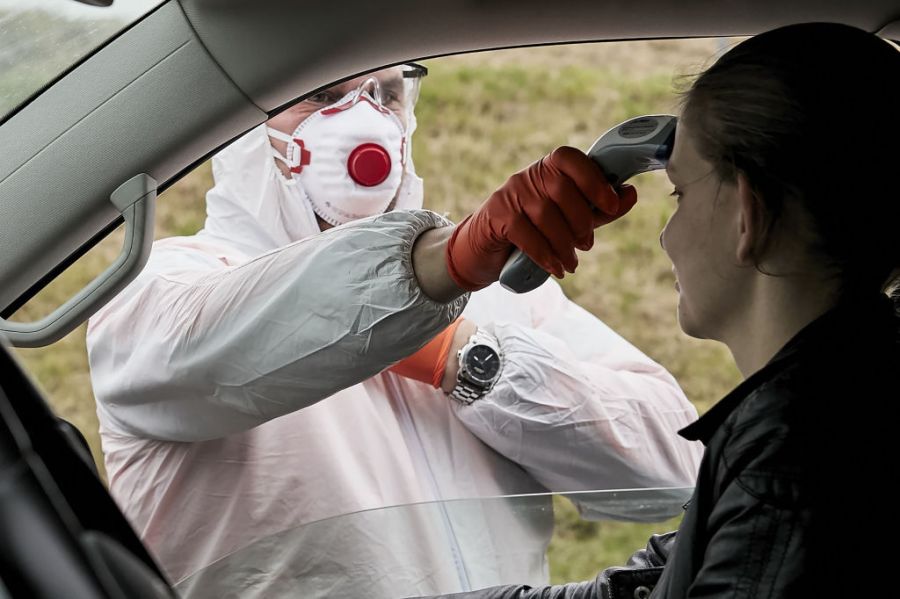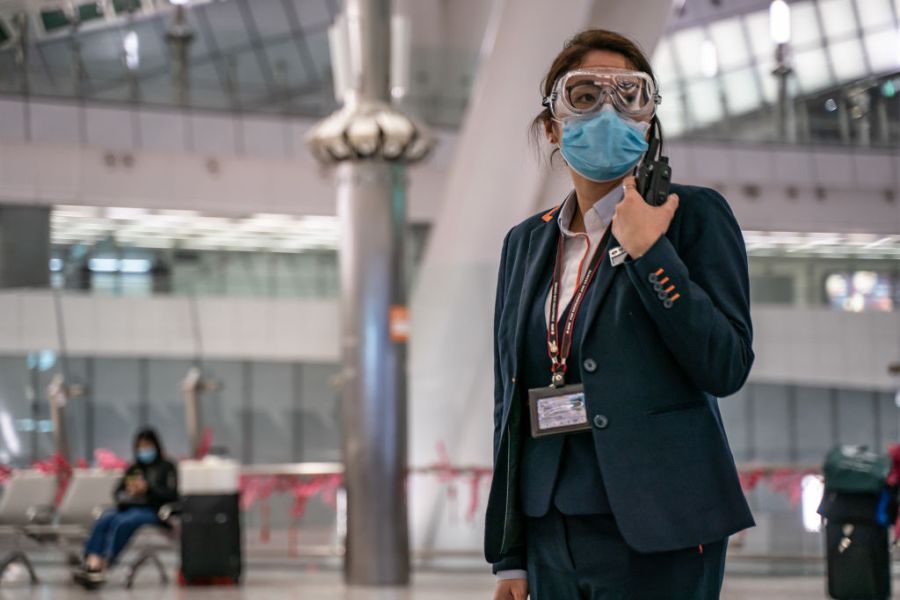What Are the Symptoms of COVID-19?

On March 11, 2020, the World Health Organization (WHO) declared the spread of COVID-19, a novel strain of coronavirus, to be a global pandemic. The respiratory virus is currently spreading in a growing number of countries, and officials worldwide are responding to the threat by issuing travel restrictions, asking individuals to practice social distancing and mobilizing healthcare systems to treat COVID-19 patients.
So what is COVID-19, what symptoms should you be watching out for and how can you contribute to minimizing community spread of the virus?
What Is Coronavirus?
Coronavirus (CoV) is the name given to a group of related illnesses that includes the common cold, severe acute respiratory syndrome (SARS), Middle East respiratory syndrome (MERS) and coronavirus disease 2019 (COVID-19). Coronaviruses can affect both mammals and birds, and can vary widely in severity.

Coronaviruses get their name from the Latin word “corona,” which means “halo” or “crown.” This name originates from the club-shaped viral spike peplomers that can be seen under a microscope enveloping the body of the virus like a halo.
This family of viruses is distinguished by being zoonotic, which means that coronaviruses have the capacity to jump from animal to human carriers. MERS-CoV, a coronavirus strain first identified in 2012, was found to have been transmitted from dromedary camels to human hosts. Severe acute respiratory syndrome, another coronavirus strain first reported in Asia in 2003, was transmitted to humans from civet cats.
COVID-19, the latest coronavirus strain to infect humans, was first reported in late 2019. While researchers believe that it came from animals, its exact origin remains unknown.
What Are the Symptoms?
Symptoms of COVID-19 typically appear between 2 and 14 days after exposure and are similar to symptoms of other coronavirus strains, which often affect the respiratory system. It’s important to note that some carriers of COVID-19 do not display symptoms, or report only very mild symptoms.

Commonly reported symptoms of COVID-19 include low-grade fever, body aches, coughing, nasal congestion, runny nose and sore throat. More serious and severe symptoms reported from COVID-19 include high fever, severe and persistent cough, shortness of breath and tightness in the chest area. In the most severe cases of COVID-19, symptoms can develop into pneumonia, severe acute respiratory syndrome and kidney failure.
While anyone can contract COVID-19, high-risk groups include older adults and people with underlying health conditions, including heart disease, lung disease and diabetes.
How Can I Help Prevent the Spread of COVID-19?
The World Health Organization and the Centers for Disease Control and Prevention (CDC) have issued guidance to the public about how to minimize the person-to-person spread of COVID-19. Due to the ongoing nature of the pandemic, recommendations from these agencies may change or evolve based on new developments, so it’s important to check back frequently to ensure you are fully up to date.

There are several actions you can take to minimize community spread of COVID-19. The WHO and the CDC have issued the following recommendations to the public:
- Wash your hands frequently with soap and warm water or an alcohol-based hand sanitizer.
- Practice social distancing by staying home if you can, limiting contact with friends and family outside your home and maintaining a distance of at least 6 feet between yourself and other people when in public settings.
- Avoid touching your face, especially your eyes, mouth and nose.
- Practice good respiratory hygiene by completely covering your mouth with a tissue or a bent elbow when coughing or sneezing and by immediately disposing of tissues.
- Clean and disinfect surfaces you touch often, such as doorknobs, counters, phones, keys, light switches, toilets, faucets and sinks.





